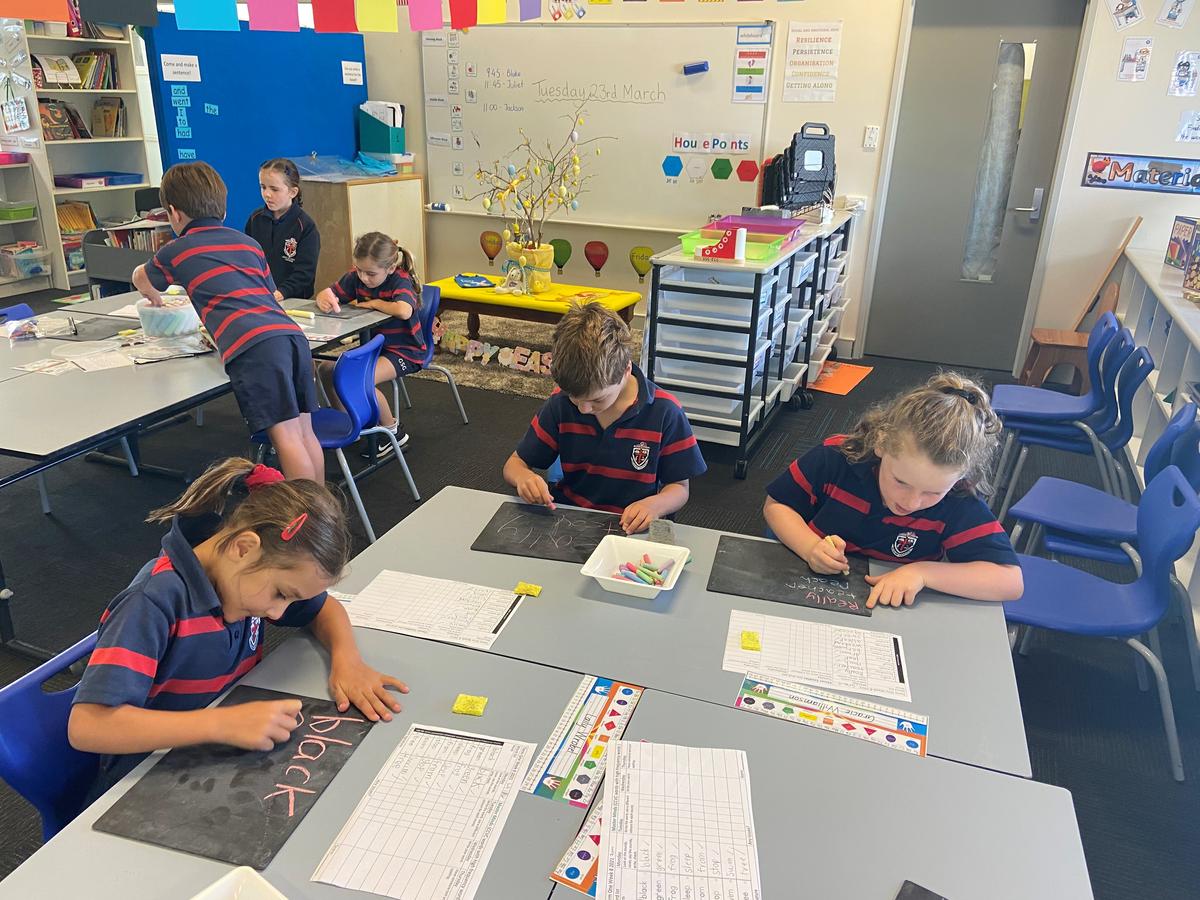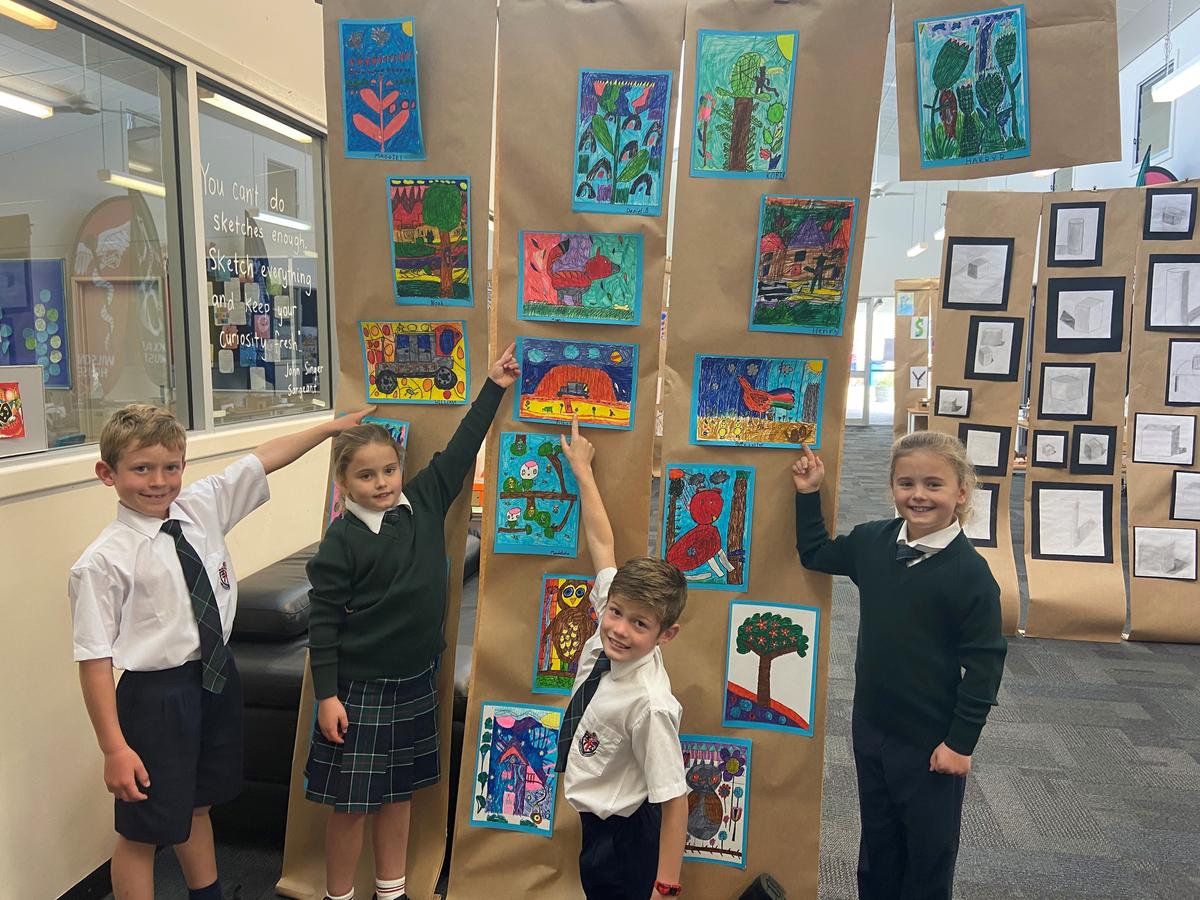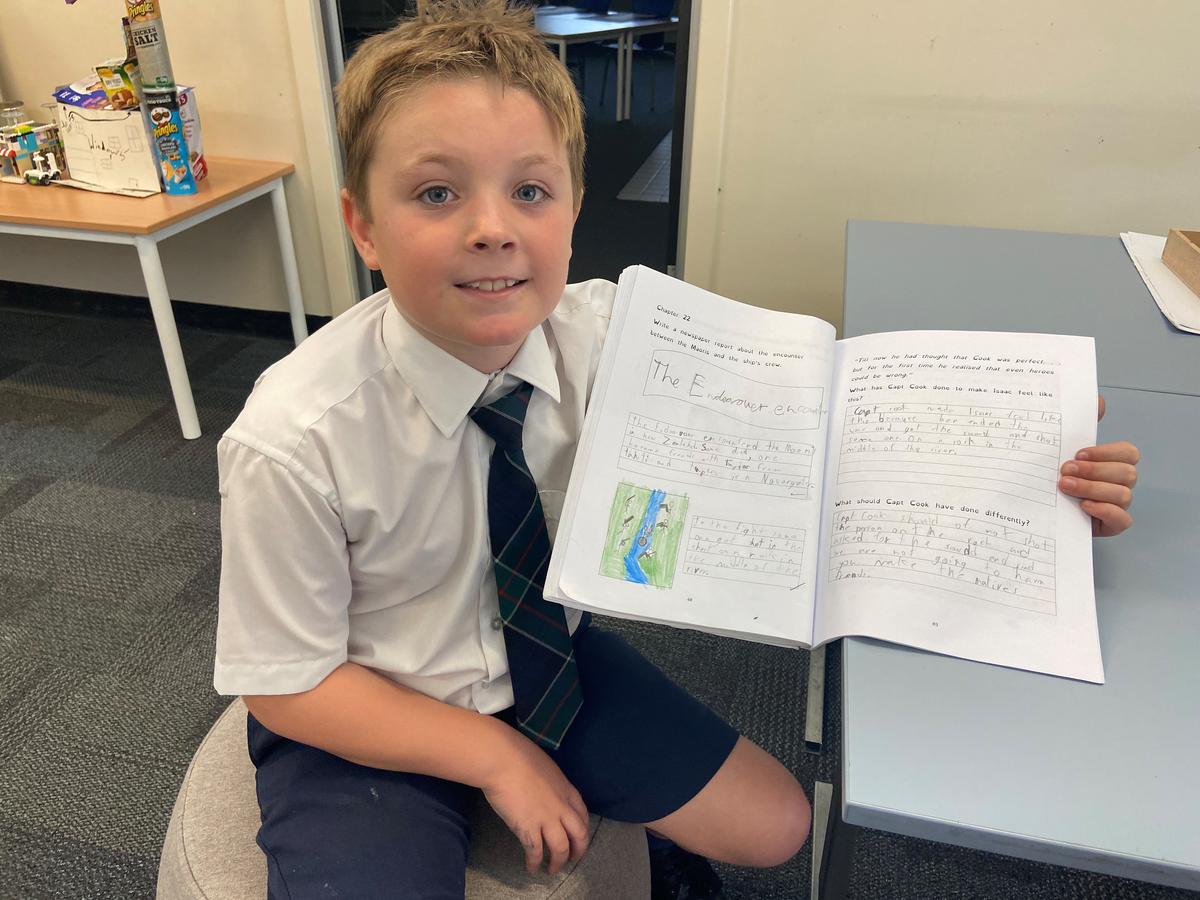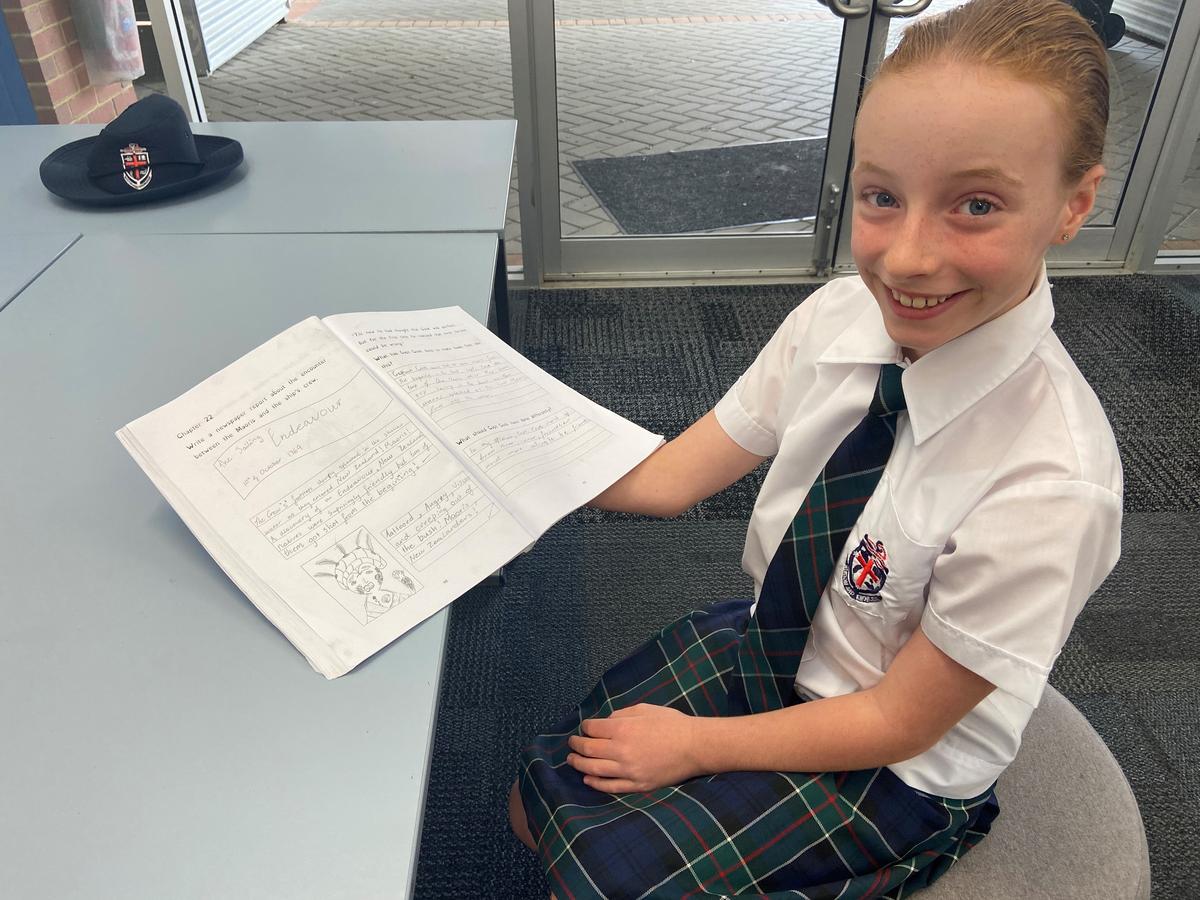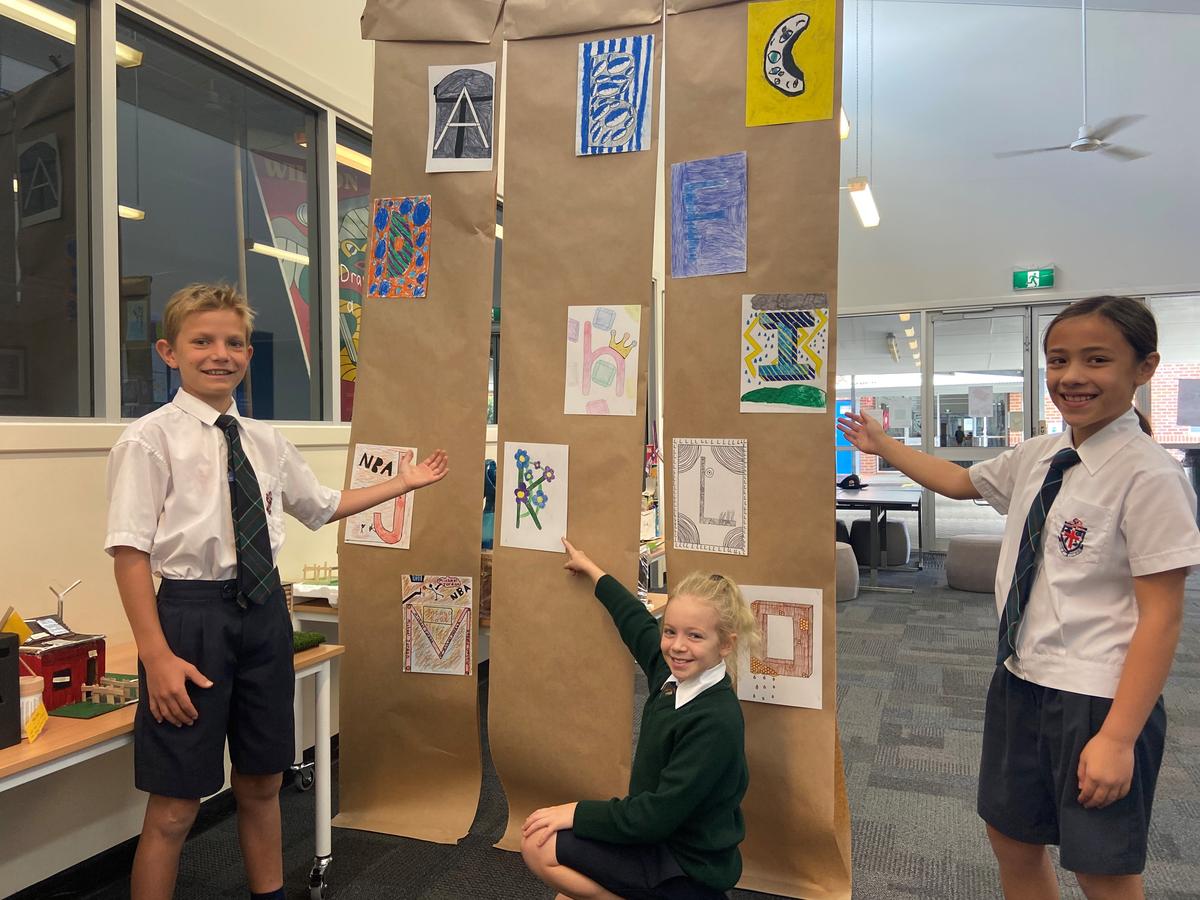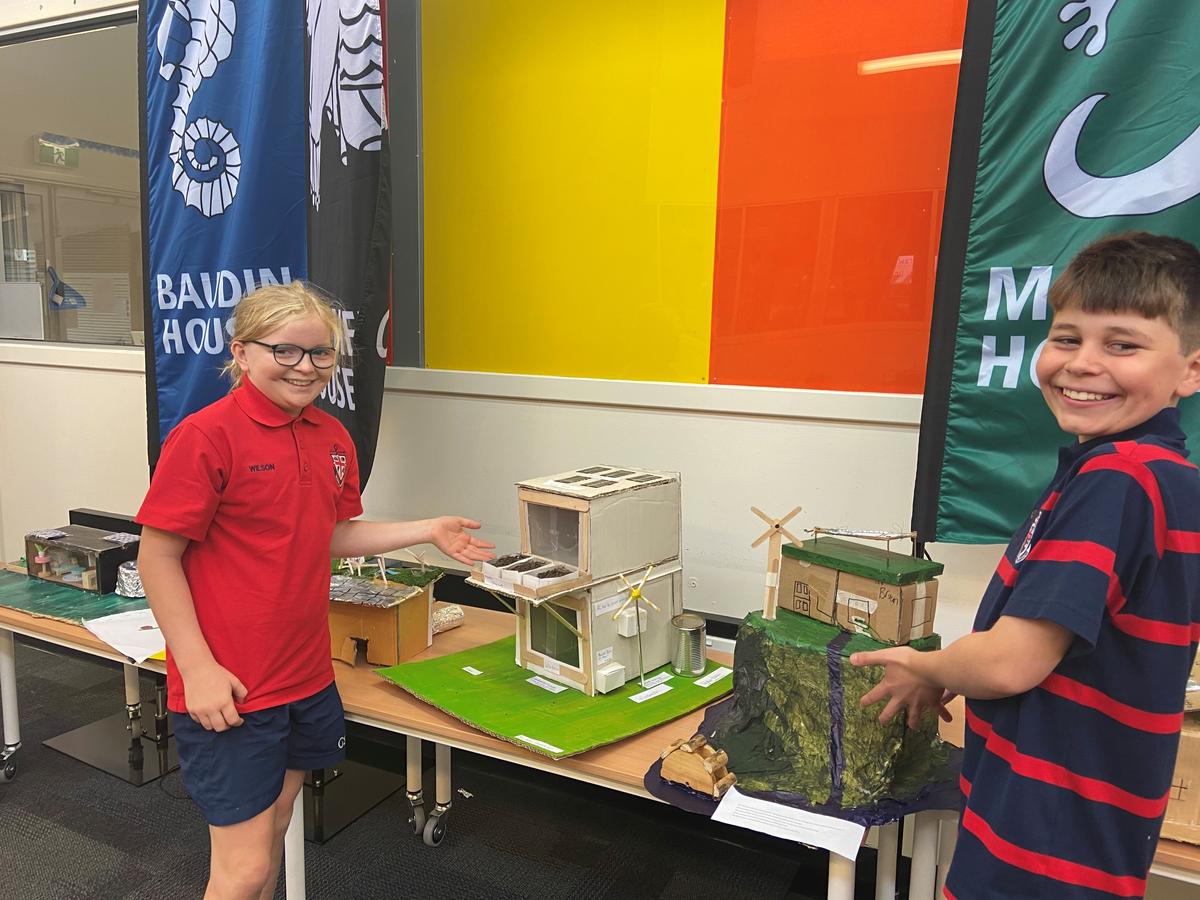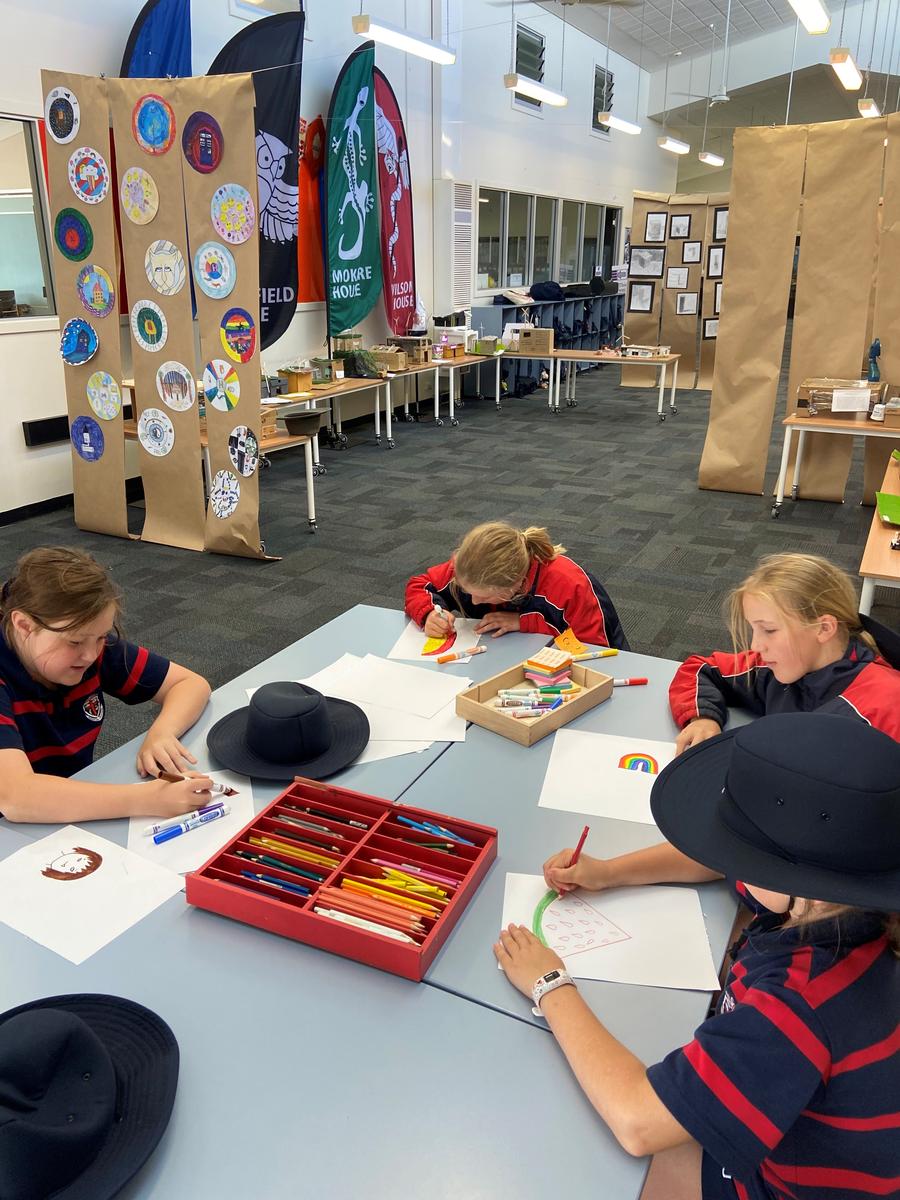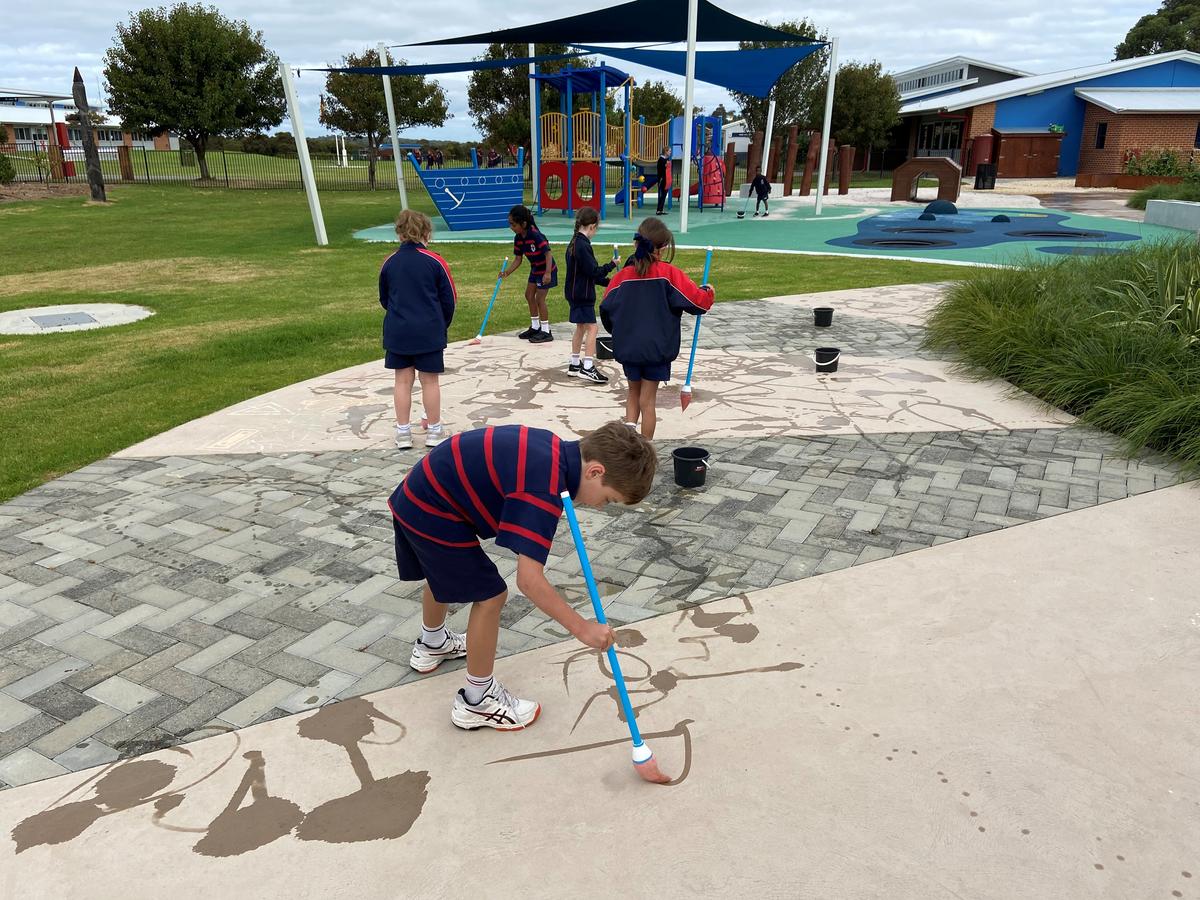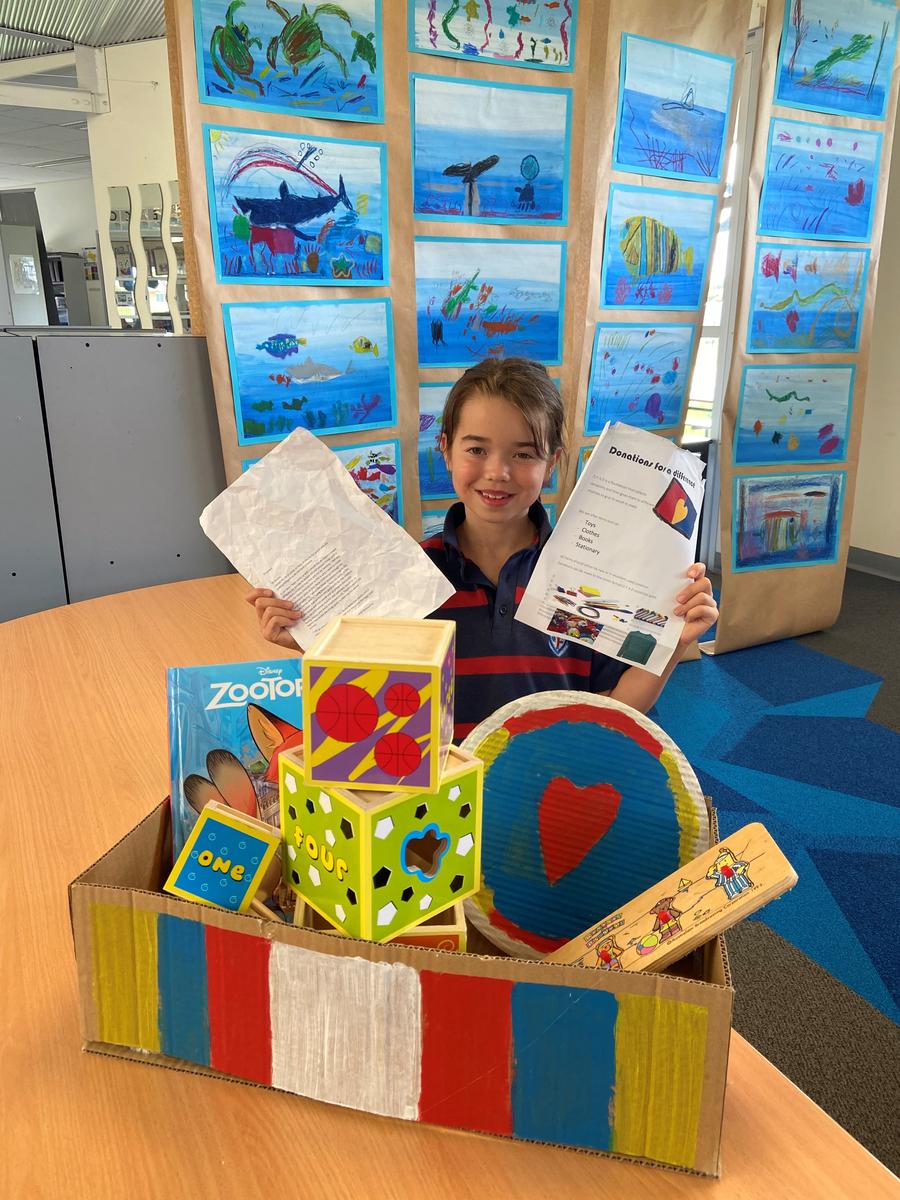Junior School
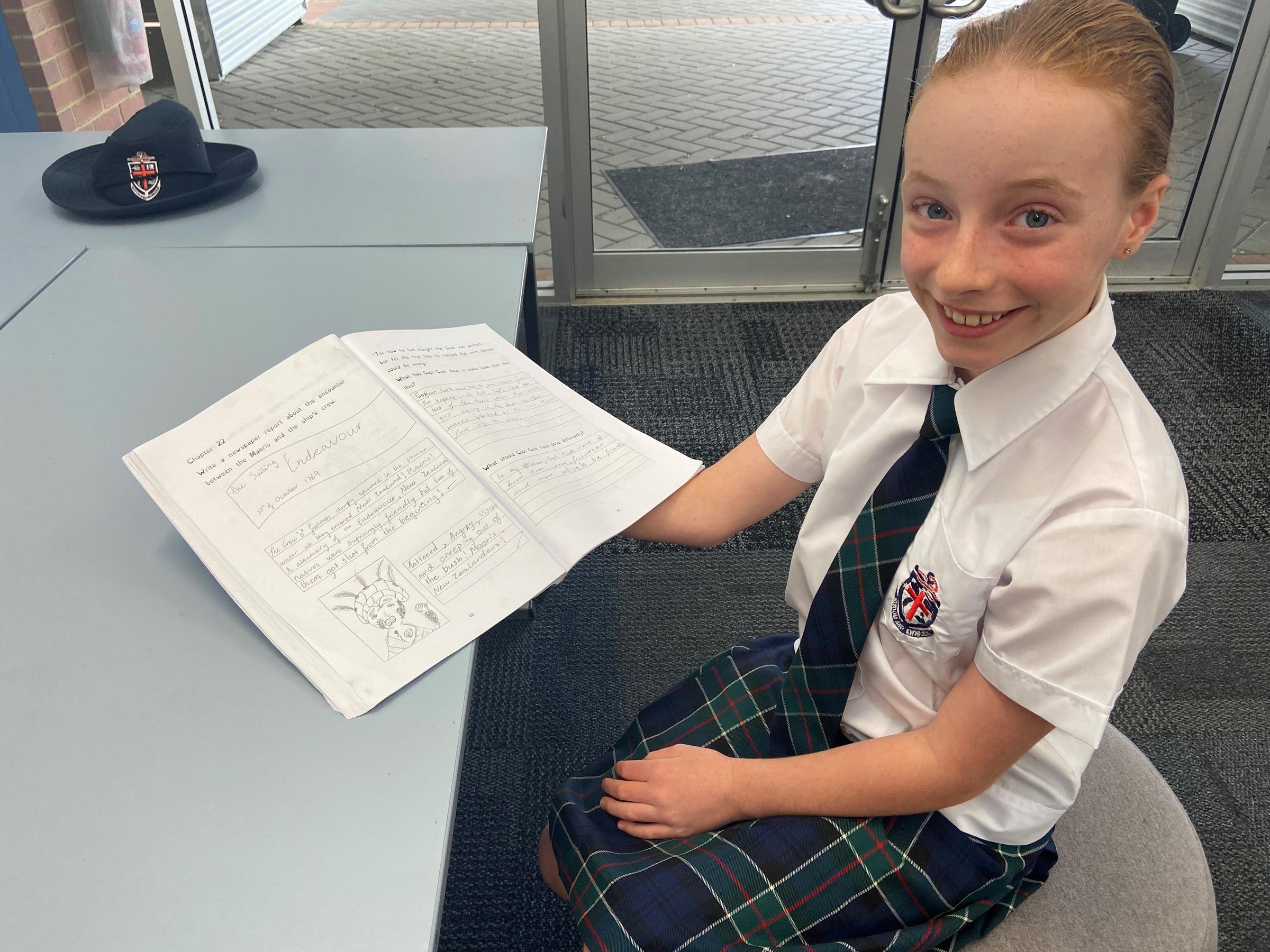
From the Head of Junior School
Can you remember the last time you drove to Perth? Or any extended car trip for that matter?
I imagine at the beginning of the trip you would have known where you were going, either roughly or exactly; during the trip you would have kept track of the time, fuel and traffic, adjusting your estimated arrival accordingly, you probably kept others informed along the way so they knew when to expect you; and at each stage you probably re-affirmed where the next town is that you were driving towards, ultimately to get you where you want to go.
With Parent-Teacher Interviews this week, I often think of feedback on student learning or updates on student learning much like a car journey. Parent-teacher interviews can be particularly helpful as a check-in point for the learning journey of a student and an opportunity to reflect on three key questions:
- Where are we going? (key goals)
- How are we tracking? (progress)
- What’s the next step? (focus area/s going forward)
There is tremendous value in adults having a shared understanding for the three questions above, and I would also advocate this is even more powerful when a student can articulate for themselves ‘where the learning goals are’, ‘how they are currently tracking towards them’ and ‘what their next step is’. This is more challenging than it sounds though, and takes practice to become confident in sign-posting (visible thinking), of these learning stages.
Visible thinking practices promote transparency of the learning process for students, but also adults too. The three questions, ‘where are we going?’, ‘how are we tracking?’ and ‘what’s the next step?’ in a visible thinking context articulates learning intentions, success criteria and what the next step of their learning is.
- Learning intentions define a learning focus
- Success criteria share how students will recognise they have achieved the learning intention and often this can be supported with exemplars.
- What’s the next step? Students reflect on their learning either by self-monitoring, peer-review or educator feedback to know how they will progress their learning.
I enjoyed speaking with many students this week about these visible learning cues and how it is informing their learning. Robbie from Year Three was able to describe in Mathematics when learning to add larger numbers using trading across place values that a success criteria was to note his working on the page so his thinking was visible and he could see the new place value and calculate the numbers accurately. He described his next step was to focus on setting out his sums in columns consistently so he could make the number changes more clearly during every attempt.
Jessie and Lachlan from Year Four were writing about an Early Explorer from the class novel in a newspaper article recount format. Both students described their recounts of a particular part of the novel and how they structured their recount for a newspaper article. For Lachlan’s next step, he said he would include some quotes in the article from the novel to help support key scenes in the recount; Jessie said she would use sentence openers like she does in narratives to spark the reader's interest in describing a scene. It was lovely to hear how each student had self-reflected and integrated their teacher's feedback to explain where their next steps in their learning would be.
Lastly, Elza from Year Five used a self-driven inquiry process to guide her learning and take action on a project she was passionate about, supporting people in need within our community. Elza designed a process where she could collect goods from families within our school community and donate them to local charities who could distribute these items to people most in need. It was inspiring to see Elza’s passion for the cause but also her enthusiasm for the learning process, starting with a big question, researching, collaborating with others, refining her ideas, prototyping, adjusting to feedback before launching her project ‘D-FAD’: Donations for a Difference. Her learning intentions, success criteria and next steps were being revised constantly through the inquiry process, with tremendous value for her as a learner and those she interacted with along the way. Her actions, both tangible and intangible held key learnings she can now transfer to other projects, with confidence and curiosity.
I hope you have enjoyed the learning progress conversations with your children, and their teachers. Children love to share their learning with us, and each other. I feel one of the most valuable supports we can offer is guidance on how to set direction, track progress and plan for the next stage in the learning, with confidence, curiosity and enthusiasm.
With sincere best wishes,
Mr Ken Raven | Head of Junior School

